Choosing the best pet that is perfectly suitable for your sweet home is not a small thing. If you have children in your home, then it could be more difficult than normal. Often children are fascinated with the birds. Kids love small birds. They are fascinated by those bird’s sounds, funny antics and their colorful feathers.
There are different types of birds you can grab; however you should consider your kid’s opinion. First they must be hand fed and hand raised, which means that they were raised with loving human care, expert in caring them from the time they hatched.
Best Small Birds
Here are the top 10 types of birds, which are good with children. Hopefully this information on pet birds will be helpful for you in making the decision about which pet bird will work best with your kid.
1. Canary
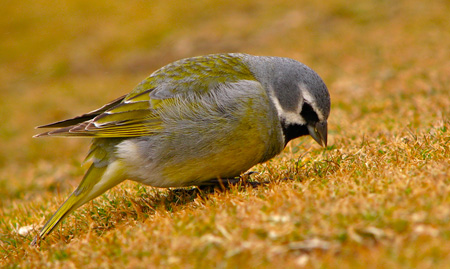
This is a safe bird for kids who are under 12 years of age. This is a small and beautiful bird, which warbles very sweetly and doesn’t need much care aside from cleaning the cage and feeding. Canaries are active and lively, which makes them as fun birds to watch. Canaries have the lifespan of 15 years, surely these can be as a lovely pet bird for your kid.
2. Parakeets or Budgies
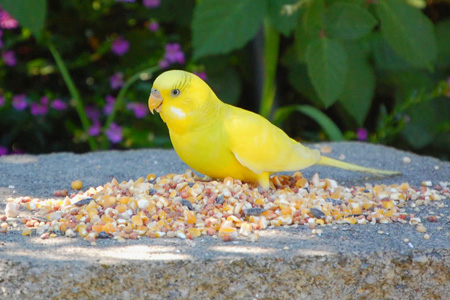
These are the top second pet birds in the list of great pet birds for children. Budgies are colorful and small, and having budgies can be a lot of fun for young children since they can tolerate being handled well, and are really small and easy to care for, and also they can learn to talk! Parakeet’s life span is as long as dog, they don’t need much space and also it is easy to train. They can learn many words and also songs.
3. Peach Faced Lovebird
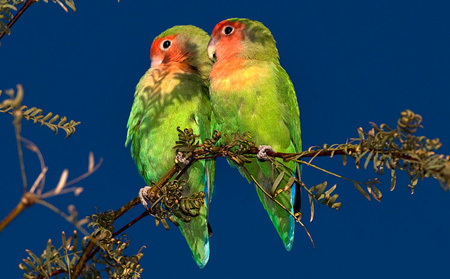
Having this type of bird is an adorable option for families who have kids, but keep in mind that kids who must be more than 12 years of age. These birds are feisty, small and quick, Playful and intelligent, this is a colorful bird and can attract children; this bird can be able to learn new tricks very easily.
4. Cockatiels
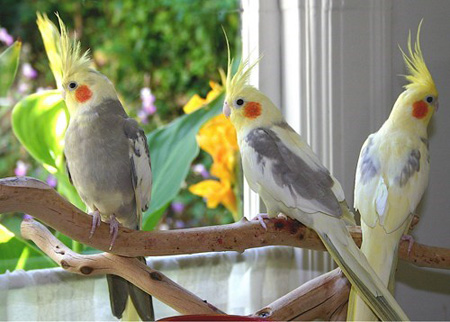
Cockatiels are more sedate and larger than above 3 types of birds. These are lovely medium sized parrots, which can be suitable as good pet birds for children over 12 years of age. These birds can whistle, learn and can also do cute tricks.
5. Pacific Parrotlet
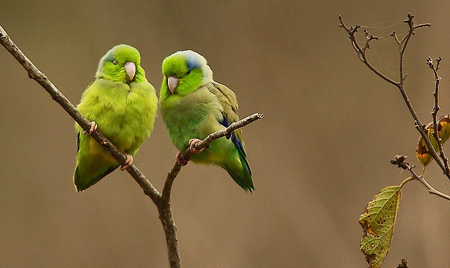
This is 5 inch parrot; it is spunky and playful and suits as an excellent pet bird for younger children who are over 12 years old. This bird needs larger cage with many toys and perched. Curious, intelligent and sometimes aggressive in pursuing what it wants, this can surely entertain its owner.
6. Finch
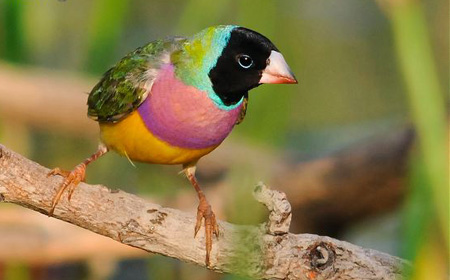
These are very small birds. But be careful they can escape from cage, if so it could be hard to catch them. As long as you take care to not allow them an escape, they will surely entertain your kids for many hours. They are very active and full of energy. These birds do not like human contact like others, so it is advised to be bought in pairs for companionship.
7. Caiques
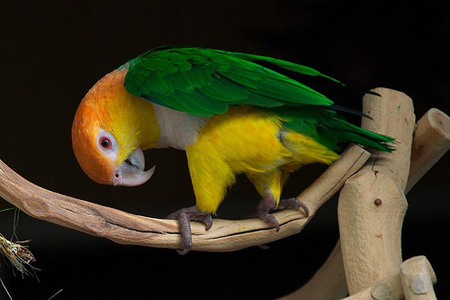
This acrobatic, clownish little parrot is very entertaining. These birds like to play hard, hopping like windup toys and wrestling objects. Getting two or more companionship is the real fun. These birds are famous for burrowing in the clothes and hair surfing. They can live up to 30 years.
8. Pionus
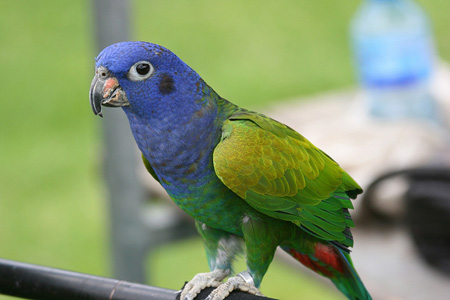
These are sweet-tempered birds, rarely bites and ideal parrot for children. Generally it is quite, and less likely to make a bond with one person. This is the large bird. This bird can live up to 40 years.
9. Diamond Dove
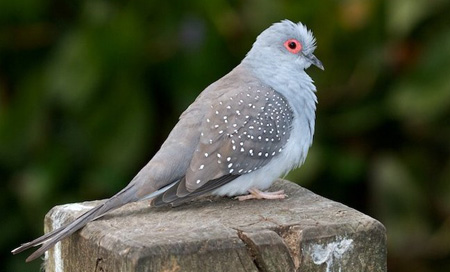
This is smaller dove almost 7 and half inches. This bird can be tamed, but it can enjoy company of other doves. It is easy going and pretty. Diamond dove doesn’t need much care like other parrots. But it needs much space and also another dove.
10. Goldies’ Lorkeet
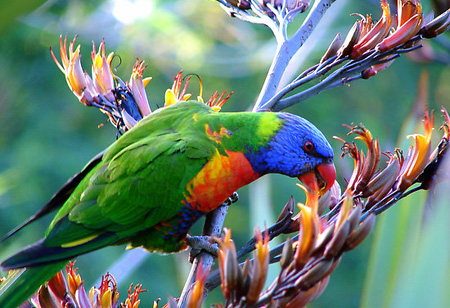
This is small like diamond dove. This pet needs less high maintenance and has calm demeanor compared to other Lories. Lorys are chatty and curious, but have lower noise level. Child owner must read its dietary needs before start feeding, as it does need nectar to its daily diet.





